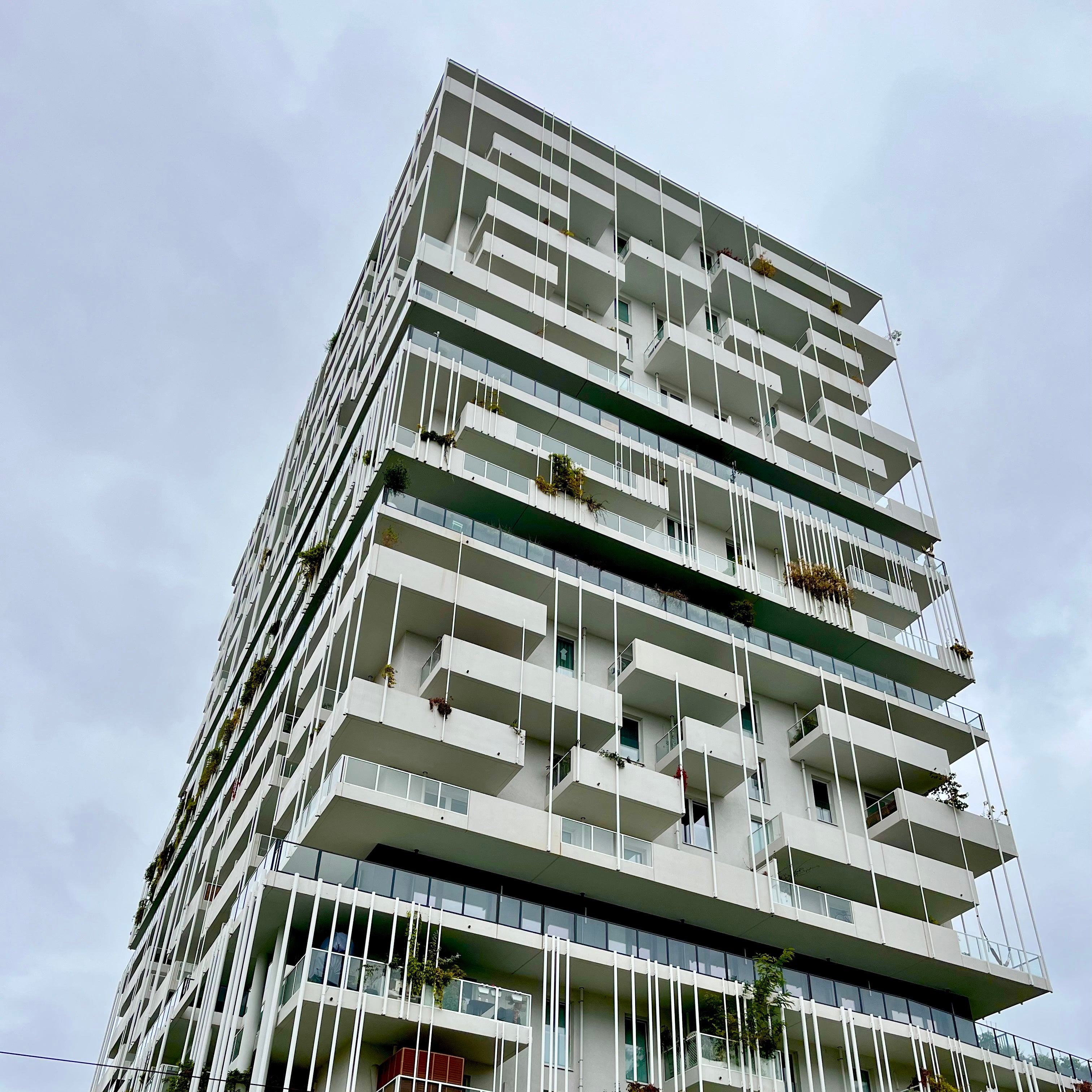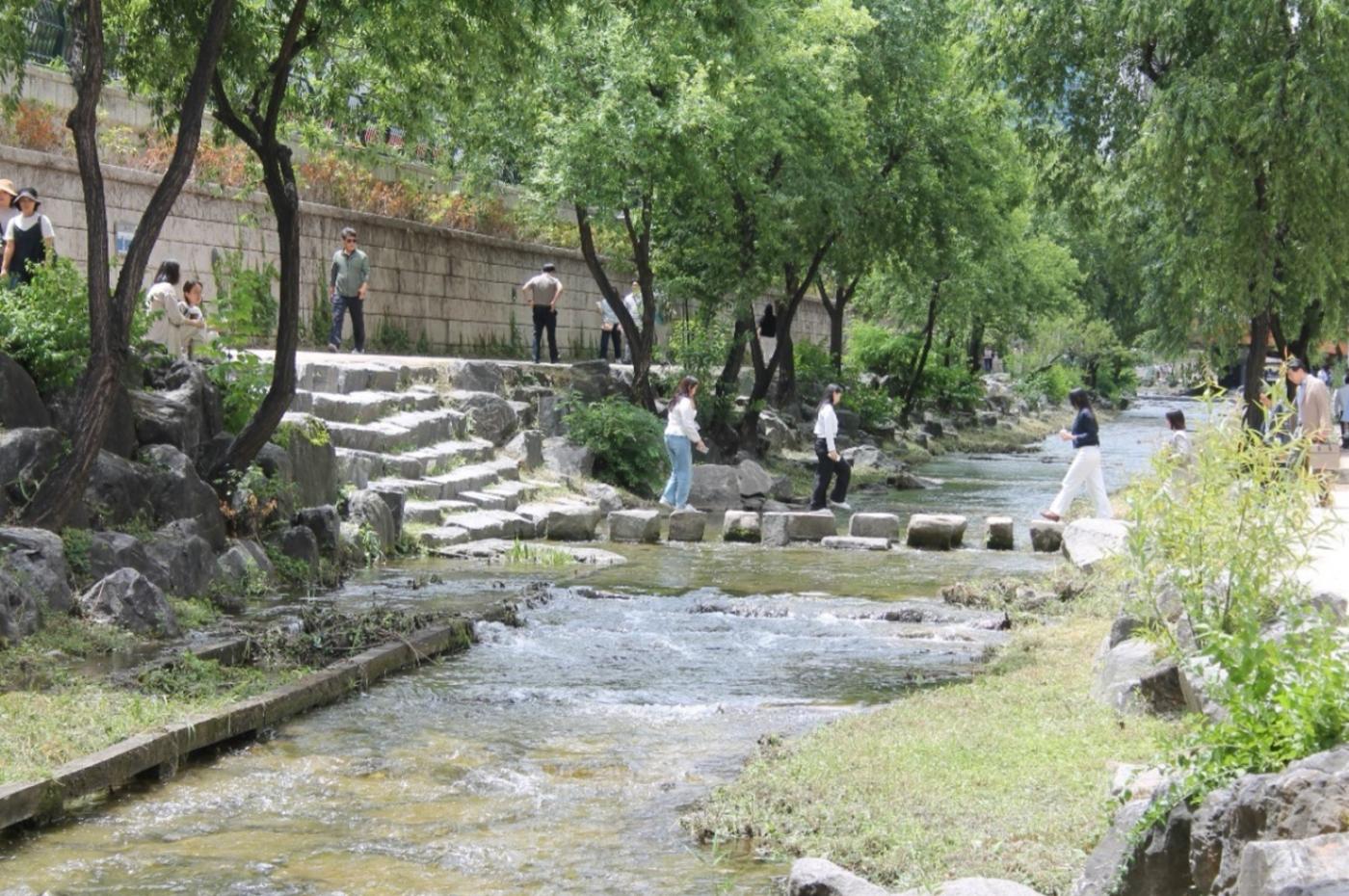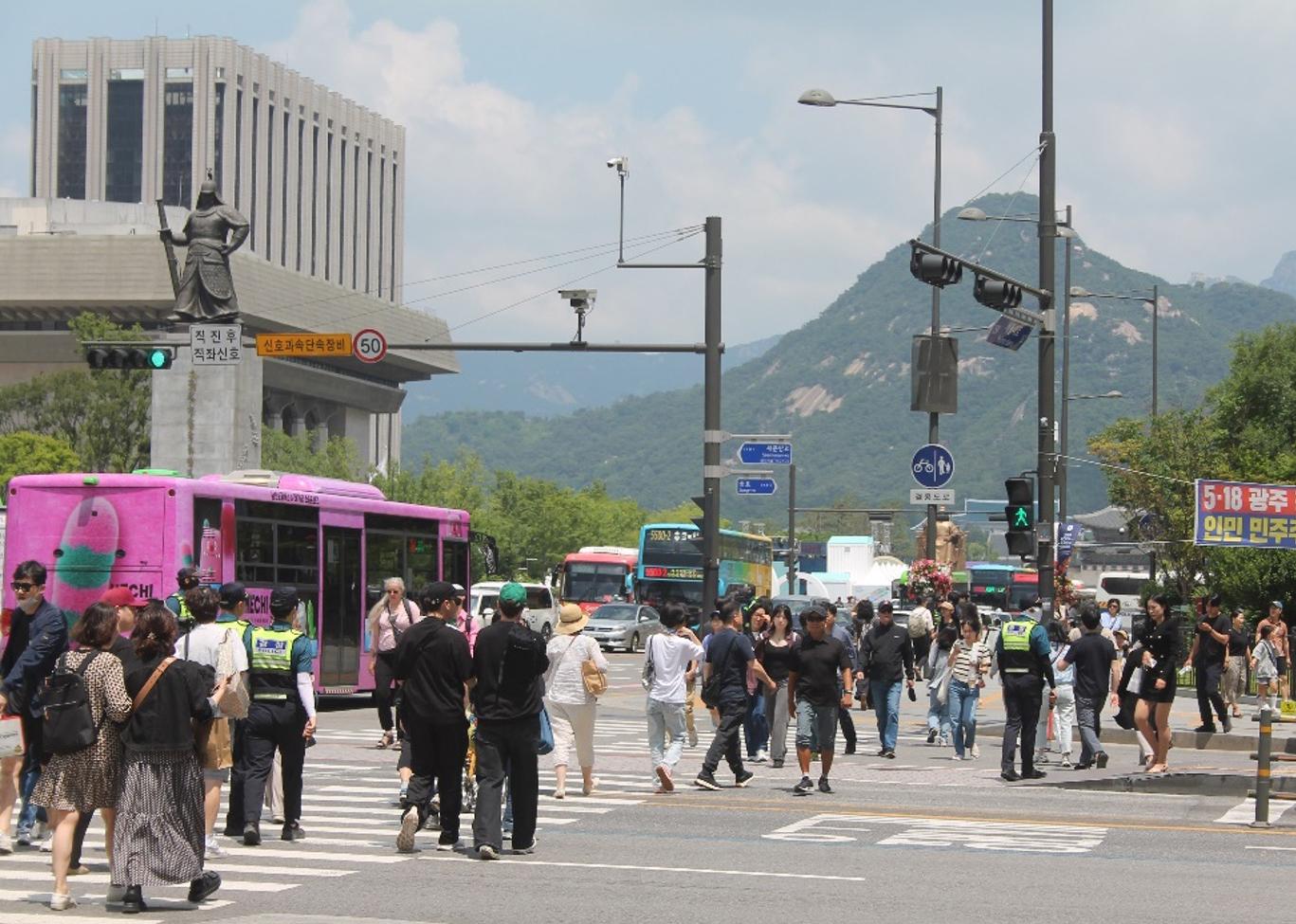
Biophilic Cities Network expands its global reach to South Korea

Over a decade ago, Teresa Heinz Professor of Sustainable Communities Timothy Beatley convened a group of international urban leaders in dialogue about the then-emerging concepts of biophilic cities and biophilic urbanism. With an eye to the future, imagining and designing a larger network of cities around the world that embraced the concepts of biophilia, the conference served to officially launch the Biophilic Cities Network in 2013.
Since then, the network of partner cities, built on a foundation of collaboration and information sharing, has not stopped growing. The Biophilic Cities Network includes U.S.-based cities such as San Francisco, Portland, and Milwaukee, along with cities across the globe — Singapore, Toronto (Canada), Wellington (New Zealand), and Colombo (Sri Lanka). Partner cities work together to advance biophilic urbanism through programs, policies, and projects. Sharing information — from documentation gathered on site visits to GIS data, from best practices in land management to nature-based planning strategies — allows the network to serve as a valuable resource for integrating nature into cities.
Busan, South Korea joins the Biophilic Cities Network
Recently, the Biophilic Cities Network expanded its global reach with the joining of the second largest city in South Korea, Busan. While the first city from the country to join, Beatley wasn’t surprised. He noted the long history of deep connections that Koreans have with nature, forests and mountains, in particular. “About 70 percent of the country is in protected forested mountain preserves and it is a ubiquitous natural backdrop to even large dense cities like Busan,” said Beatley. “The patterns of urbanization are quite different from most American cities. There are few single-family homes, very few low-density residential neighborhoods, and most people, across the income spectrum, live in high-rise apartments — some that are taller than 100 stories.”
With Busan’s commitment to building vertically and with density, also comes the protection of much of its forested landscape. During a recent trip to Korea, Beatley witnessed first-hand how nature plays an integral role in everyday life for many Koreans, from the popularity of hiking to the avid use of city parks, such as the Busan Citizens Park and Persimmon Park.
I was so impressed with how important the concept of biophilia is in every sector of life in Korea.
—Tim Beatley, Director, Biophilic Cities

Bringing Nature into the City of Busan
Serving as a model of biophilic planning principles, the metropolitan city of Busan (along with other Korean cities) has implemented novel ways to bring fresh air into the city to moderate air pollutants and mitigate excessive heat. A new initiative, called “Wind Path Forests” when translated to English, is introducing swaths of urban forest into the heart of the city.
Busan is also expanding its beloved park system through innovative adaptive reuse, including the conversion of a large former U.S. army base into a large urban park, and the creation of Persimmon Park, a small neighborhood park that was built on top of a segment of highway, resolving a civic concern of noise pollution caused by car traffic. Similar small pocket parks pepper the city, alongside larger landscape conservation initiatives.
Two large key projects, the Nakdonggang River Estuary National Urban Park and Macdo Green City, are central to Busan’s aim to develop a sustainable green urban environment to benefit future generations — and are directly tied to the milestone of becoming the first Korean city to join the Biophilic Cities Network. The protected estuary preserve, which supports conservation and rehabilitation efforts for its wild- and birdlife, is growing as an important place to educate citizens and visitors about the biodiversity of this part of the country.
Under development, Busan also claims the world’s first floating city, an effort to mitigate the effects of sea level rise, as well as new green districts along the river — Macdo Green City and Eco Delta Smart City. At the celebratory certification ceremony and event of Busan as a new Biophilic Cities Network partner in May 2024, Beatley delivered the keynote address, followed by panel discussions led by renowned experts. Busan’s Mayor Park Heong-joon, as noted in the media, “emphasized the necessity of creating a sustainable city where nature and humans coexist. He expressed optimism about sharing and learning from partner cities in the Biophilic Cities Network to achieve mutual growth and development.”
A Growing Network of Scholars
A highlight of Beatley’s visit to South Korea and preceding the formal certification ceremony, faculty at Dong-a Univesity in Busan organized an international symposium on Biophilic Cities. The event, attended by many students alongside faculty, brought scholars from Korea, China and Japan together to present research papers across a wide range of topics related to biophilia and urbanism.

The success of the symposium, along with book-signings and lectures by Beatley at city halls in Busan, Namyangsu City, and Incheon attended by several hundreds, represent a collective growth in interest in biophila in this region of the world. Four books by Beatley have been translated in Korean and have created a new cohort of Asian scholars developing their own ideas about biophilic cities. With this exciting global reach, Beatley and Biophilic Cities researchers at the University of Virginia look forward to the next opportunity to convene experts and bring forward this scholarship as part of a near-future conference next spring, likely to be held in Japan.
Learning from South Korean Cities
With the expansion of the Biophilic Cities Network to Korea, new partnerships hold the promise of continued exchange and learning across contexts and cultures. Beatley is excited about the ways in which this global reach ties to his recent work with the Center for Forest Urbanism, a newly established pan-University research and policy center (seed funded by the Jefferson Trust) that focuses on the conservation of urban trees and forests.
“Trees and forests are central natural elements in Korea and Korean cities like Busan and Seoul contain wonderful and inspiring examples of the forest urbanism our new center will be exploring,” said Beatley.
While in the early stages, Korean cities are developing sophisticated understanding of the ways that the design of new forests, and the extension of existing ones, can help to change the microclimate of urban environments.

Cities across Korea have focused their attention on biophilic planning and urban development. In Incheon, the current mayor has set a goal of planting 30 million trees to help alleviate the city’s heat island effect while in Namyangju City, 67% of the city’s land area is covered by trees. Not all initiatives are new and the lessons from Korean cities can be traced to its history and deep-rooted cultural connections to nature. In Seoul, the restoration of the Cheonggyecheon River, over twenty years ago, is a testament to a long-term vision of valuing nature in urban environments. Formerly the site of an elevated highway, the restoration project daylighted the waterway to create one of the most popular public spaces in the city, full of people walking, jogging, sitting, picnicking, or just watching the herons and fish. Given the opportunity to visit Seoul and the Cheonggyecheon this past May, Beatley was able to proudly reflect on the successes of biophilic principles. “Spending multiple days experiencing the river was confirmation of the value of biophilic site visits, and traveling to experience these places firsthand, as well as the importance of assessing how visioning projects like this one have continued to benefit the community two decades later.

“The mountains and forests of Korea are places of nature and extensive biodiversity, but they are also important cultural landscapes,” said Beatley. Learning not only from best practices in planning, design, and land management, cities in Korea also illustrate the value of stewardship of nature. The inauguration of Busan as the first city in South Korea to join the Biophilic Cities Network lays the groundwork for what promises to be continued collaboration and partnership toward more nature-filled cities across the world.
Learn more about Biophilic Principles
The UVA School of Architecture and the UVA School of Continuing and Professional Studies have partnered to offer The Biophilic City Planning and Design Program. This is an online, four-session live course, that takes place during the month of October, and is led by faculty members from Biophilic Cities.
Register to learn from industry experts about the plans, policies, and projects underway in cities participating in the Biophilic Cities Network, while also establishing relationships with collaborators to pursue the application of biophilic city principles in your own city. Registration is limited to 35 participants.


